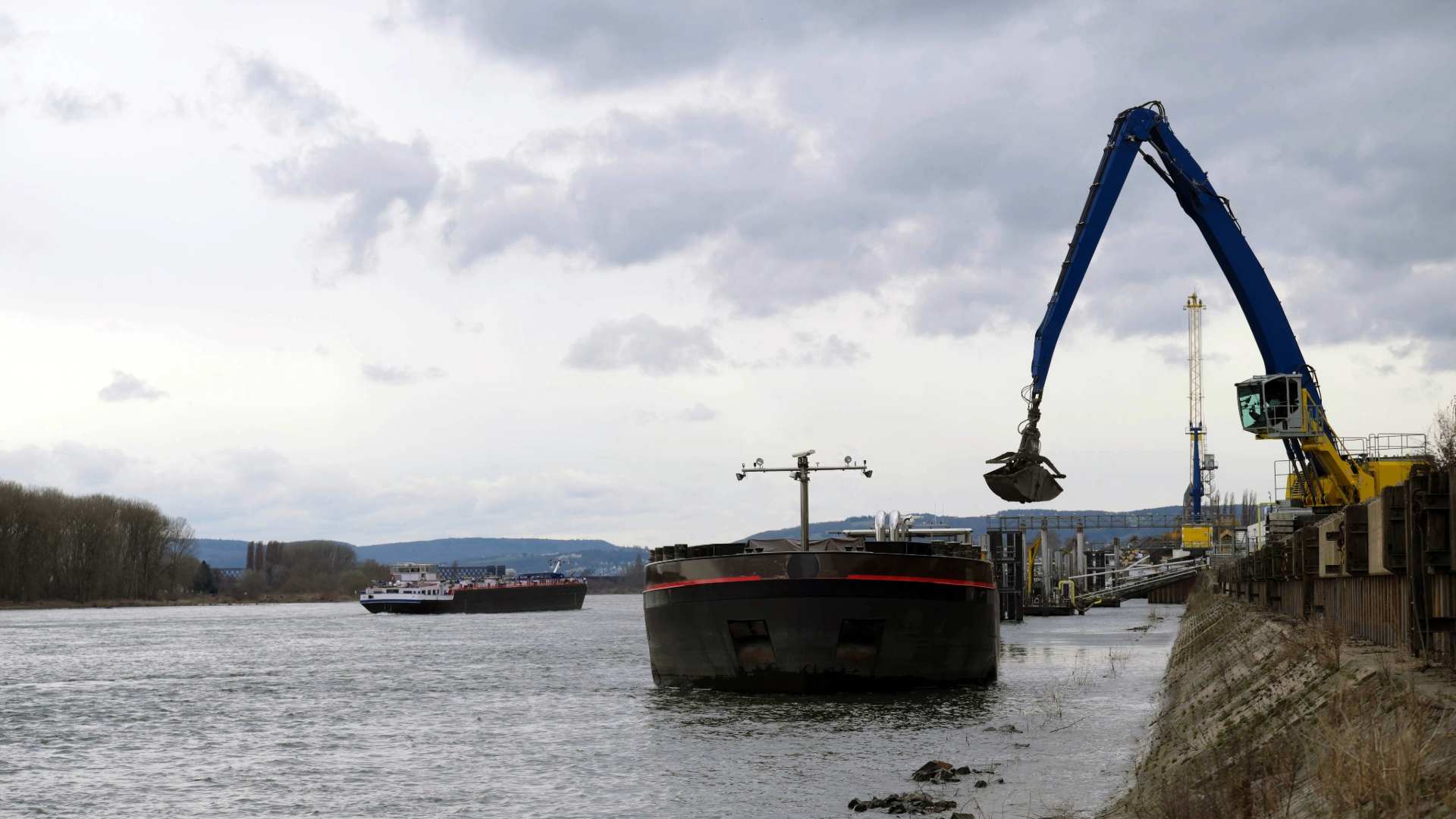Introduction
The Deerskin River in Vilas County, Wisconsin, once flowed freely, offering rich fishing grounds, scenic beauty, and a healthy aquatic ecosystem for residents and visitors alike. Today, the river tells a different story. Years of sediment buildup have transformed once-deep waters into shallow, muddy beds. As community members like Larry Springer can attest, what used to be four feet of water near his dock is now just 10 inches deep.
The issue? Silt accumulation was primarily caused by the removal of a dam in 2001 and the subsequent lack of consistent sediment management strategies. For decades, concerned residents have called for a long-term solution—namely, river dredging to restore the river’s health. However, recent political developments, including a veto by Governor Tony Evers of earmarked dredging funds, have once again delayed progress.
This article examines the role of river dredging in restoring the Deerskin River and highlights the importance of political and environmental collaboration in preserving Wisconsin’s freshwater ecosystems.
What Is River Dredging?
River dredging is the process of removing accumulated sediments, such as sand, silt, and debris, from the bottom of rivers, lakes, and other waterways. Over time, natural sedimentation can reduce water depth, disrupt water flow, and damage aquatic habitats. Dredging is often used to:
- Restore navigability for boats and recreational users
- Improve water quality
- Prevent flooding
- Rejuvenate aquatic ecosystems
- Remove pollutants or invasive species
In the case of the Deerskin River, dredging would involve removing the decades’ worth of silt that has reduced the river’s depth and damaged fish habitats.
Environmental Impacts of Silt Buildup
Siltation in rivers can have far-reaching ecological consequences. When sediment builds up excessively:
- Fish spawning areas are buried, preventing successful reproduction for native species like trout and bass.
- Water temperatures rise due to shallower depths, creating less hospitable environments for cold-water species.
- Oxygen levels drop, stressing aquatic life and potentially leading to die-offs.
- Aquatic plants struggle to receive sunlight, which affects the entire food chain.
- Biodiversity declines, and the natural balance of the ecosystem is disturbed.
Residents like Springer have witnessed these effects firsthand, noting how his grandchildren used to catch fish off the dock—a now impossible feat due to the thick silt and loss of habitat.
Why Dredging Is Essential for the Deerskin River
Without intervention, the Deerskin River will continue to degrade. Dredging presents a scientifically supported and environmentally beneficial solution. Here’s how it can help:
- Restore Depth and Flow: Dredging would deepen the river channel, restoring its natural flow and improving its capacity to support aquatic life.
- Revive Spawning Grounds: By clearing out fine sediments, dredging would expose gravel beds and shoreline zones vital for fish reproduction.
- Enhance Water Quality: Dredging can reduce turbidity (cloudiness), allowing more sunlight to reach aquatic vegetation and boosting oxygen levels.
- Prevent Further Degradation: Proactive dredging can serve as a preventative measure, helping the river resist future siltation and ecological collapse.
Additionally, restoring the river could revitalize local recreation, attract eco-tourism, and support the regional economy.
Political Setbacks and the Fight for Funding
Despite the clear need, efforts to secure funding for dredging have encountered political roadblocks. In 2024, residents worked for four years to secure earmark funding for dredging in the Wisconsin Biennial Budget. Their hopes were dashed when Governor Tony Evers vetoed the proposal.
Evers cited the legislature’s failure to renew the Warren Knowles-Gaylord Nelson Stewardship Program, a major funding vehicle for environmental projects. Without it, the governor argued, grant money could disproportionately favor the politically connected over local communities.
But for residents like Springer, the veto was a devastating blow to grassroots efforts. “It’s just—they can’t believe it. It’s purely political,” he stated. Now, the community looks toward a new strategy: a standalone bill that could bypass political entanglements and refocus the issue on its environmental and community merits.
The Path Forward: Legislation and Community Action
The community isn’t giving up. Springer and other residents plan to collaborate with State Senator Mary Felzkowski and Representative Rob Swearingen to craft a new bill for dredging the Deerskin River. If successful, the legislation would pave the way for environmental review, permitting, and ultimately, action on the ground.
Springer also hinted at a public campaign to rally support. “We would put out a call to action to try to get citizens to flood the governor’s email with letters from home supporting it,” he said.
This grassroots momentum is vital. Public awareness, combined with political pressure, can help drive forward river dredging projects that benefit both people and nature.
Balancing Dredging with Environmental Stewardship
Although dredging is a powerful tool, it must be executed responsibly. Unregulated or poorly timed dredging can disturb wildlife, release trapped pollutants, or degrade habitats. Best practices include:
- Environmental assessments to understand potential impacts
- Seasonal timing to avoid breeding or migration periods
- Use of low-impact dredging equipment
- Post-dredging monitoring to ensure habitat recovery
Informed, community-driven projects—such as the one proposed for the Deerskin River—can meet both ecological and human needs when approached with transparency and scientific oversight.
Conclusion
The Deerskin River’s story is one of both ecological decline and community resilience. River dredging, if implemented carefully, could restore this vital waterway, revive fish habitats, and improve the quality of life for residents. Yet political obstacles remain a formidable challenge.
As the community continues its advocacy, the broader lesson is clear: maintaining healthy rivers isn’t just about sediment and machinery—it’s about protecting ecosystems, supporting local livelihoods, and ensuring future generations can enjoy the waters that shaped their heritage.
